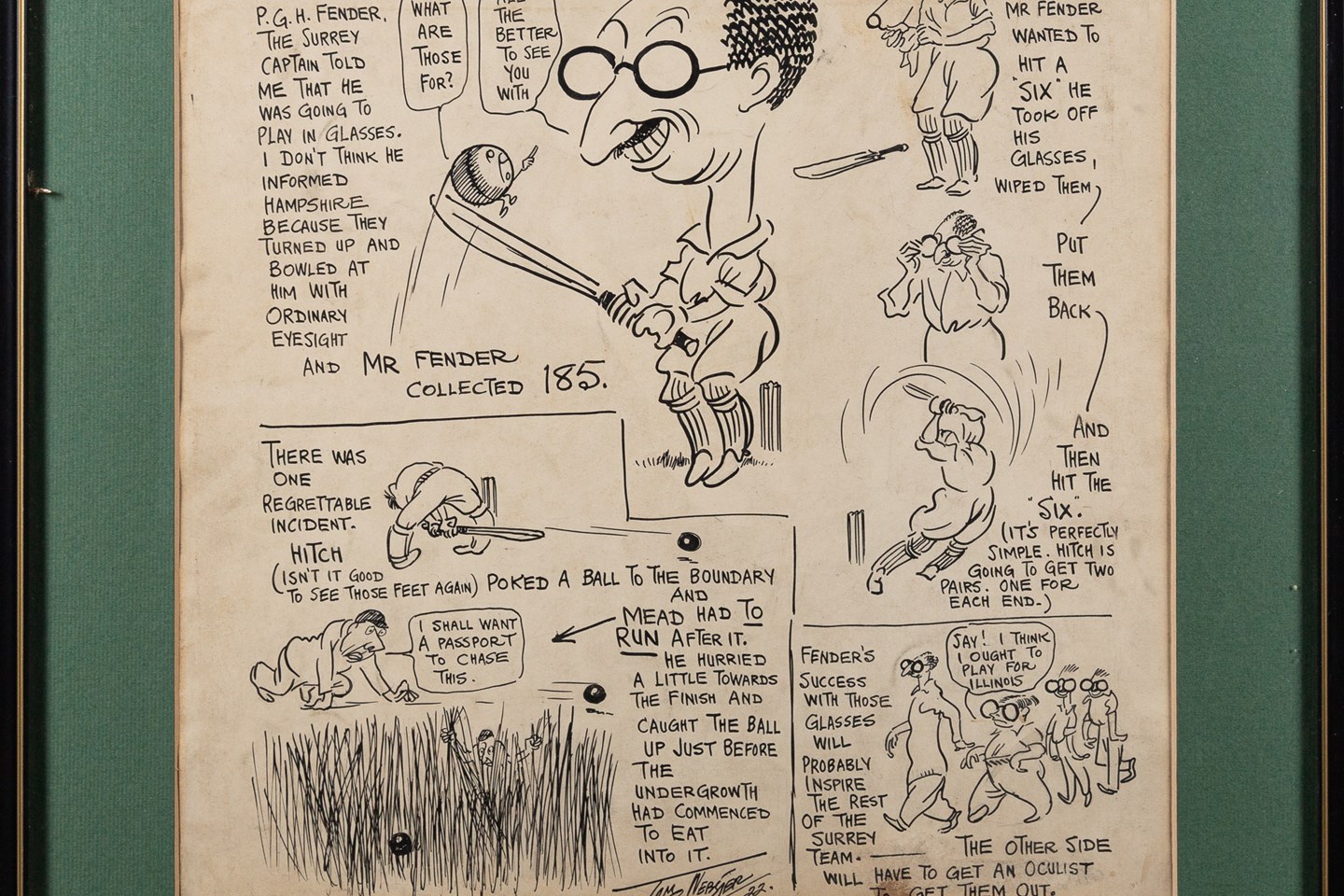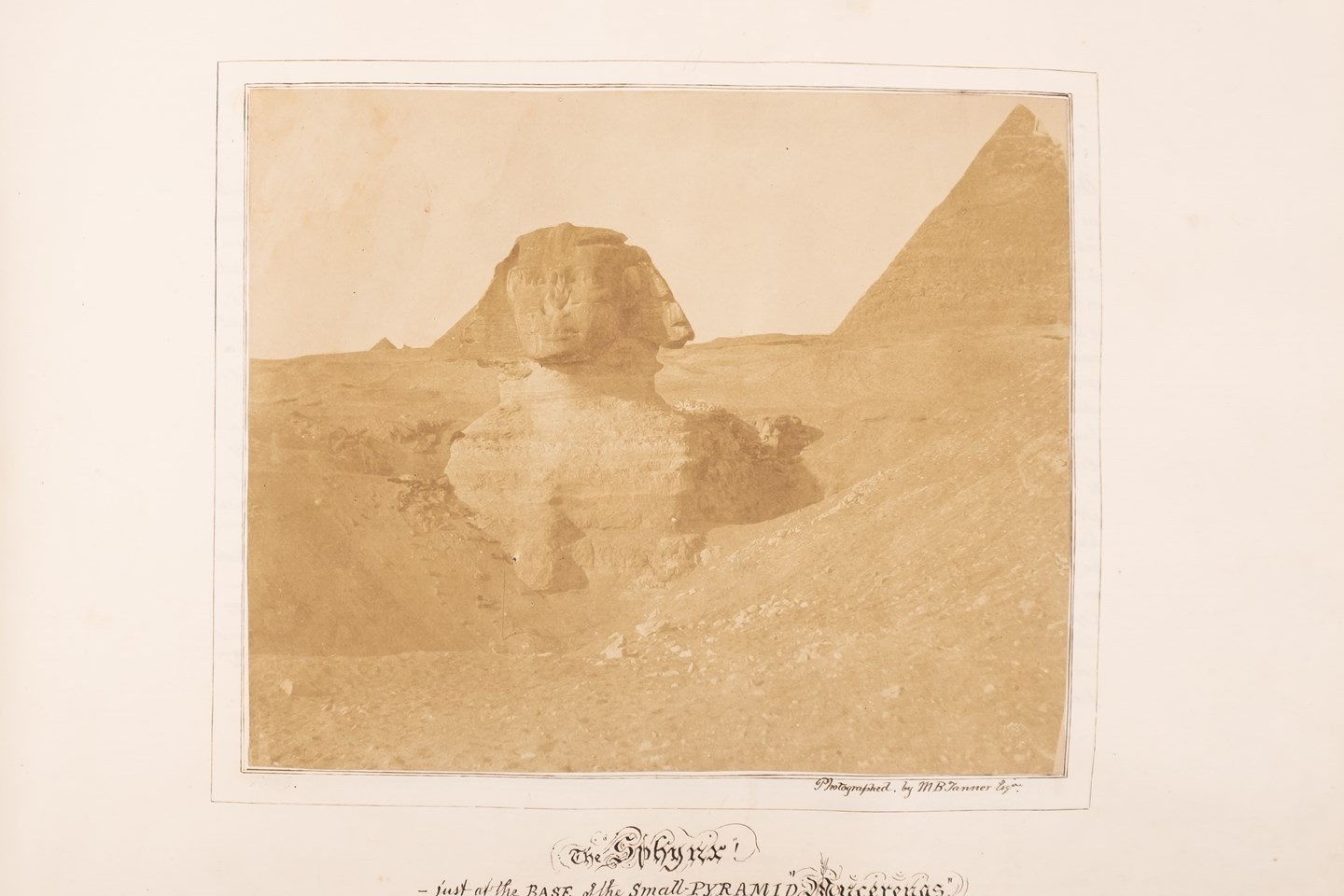The names Alfred Stellmacher or Riessner, Stellmacher & Kessel, Paul Dachsel or Ernst Wahliss are not really household names amongst most domestic ceramics collectors but mention the umbrella organisation of Amphora that existed from 1890-1915 and they become that little bit more recognisable.
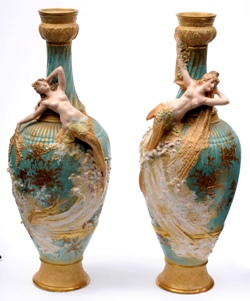
Eduard Stellmacher Amphora vases.
Founded at some point around 1890 in the cities of Turn and Teplitz (then part of Bohemia, but now Czechoslovakia), Amphora was responsible for a real diversity of output in it's twenty five years of existence, ranging from the neo rococo and Secessionist across the board to the strikingly abstract. Curiously, almost all of Amphora's eclectic output didn't stay at home, but was exported across wider Europe and particularly America.
It was Alfred Stellmacher who was the catalyst for the group. A talented potter and modeller who had exhibited at the Paris World Exposition of 1879 and won plaudits at the 1893 Chicago World Exhibition with Riessner, Stellmacher & Kessel taking the Grand Prize at the St Louis World Fair in 1904.
However, whilst output was wide and varied, one could attribute a good body of the work to individual potters on stylistic grounds.
The pottery produced by Eduard Stellmacher (Alfred's son and partner in the Riessner, Stellmacher & Kessel concern) tended to favour the sinuous female form that often had something of the magical, monstrous or fairytale about it, primarily in porcelain, although earthenware was also used.
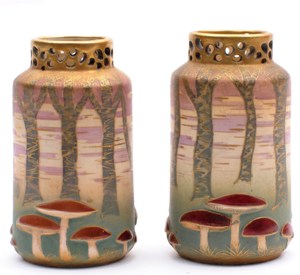
Amphora pottery vases by Paul Dachsel.
Paul Dachsel was more influenced by naturalism and the flora and fauna around him, although he could also put something of a fantastical or exotic spin on his subject matter and was also responsible for many of the 'abstract' Secessionist forms working primarily in earthenware.
Finally, there is the work of Ernst Wahliss who, whilst he started out producing copies of traditional and popular Viennese works, became the most eclectic of all the Amphora concerns using porcelain, faience and earthenware.
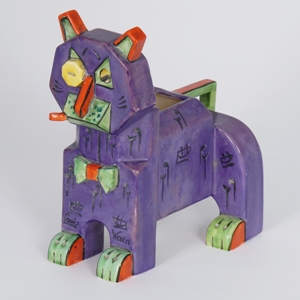
Amphora for the London retailer Max Emanuel - the Lucky Master Cat.
Perhaps the most bizarre group of items that bear the Amphora mark are the 'cubist' cats made for London retailer Max Emanuel, but so far I have been unable to ascertain who was responsible for making them - shame really as they are quite enigmatic beasts. Many bear the impressed name Louis Wain, but perhaps they are nothing to do with Mr Wain or Amphora?
- Bearnes Hampton & Littlewood
- Art Pottery Auctions
- Amphora
- Alfred Stellmacher
- Eduard Stellmacher
- Riessner, Stellmacher & Kessel
- Paul Dachsel
- Ernst Wahliss
- Max Emanuel
Amphora - An Often Overlooked Art Pottery was written on Monday, 4th November 2013.






